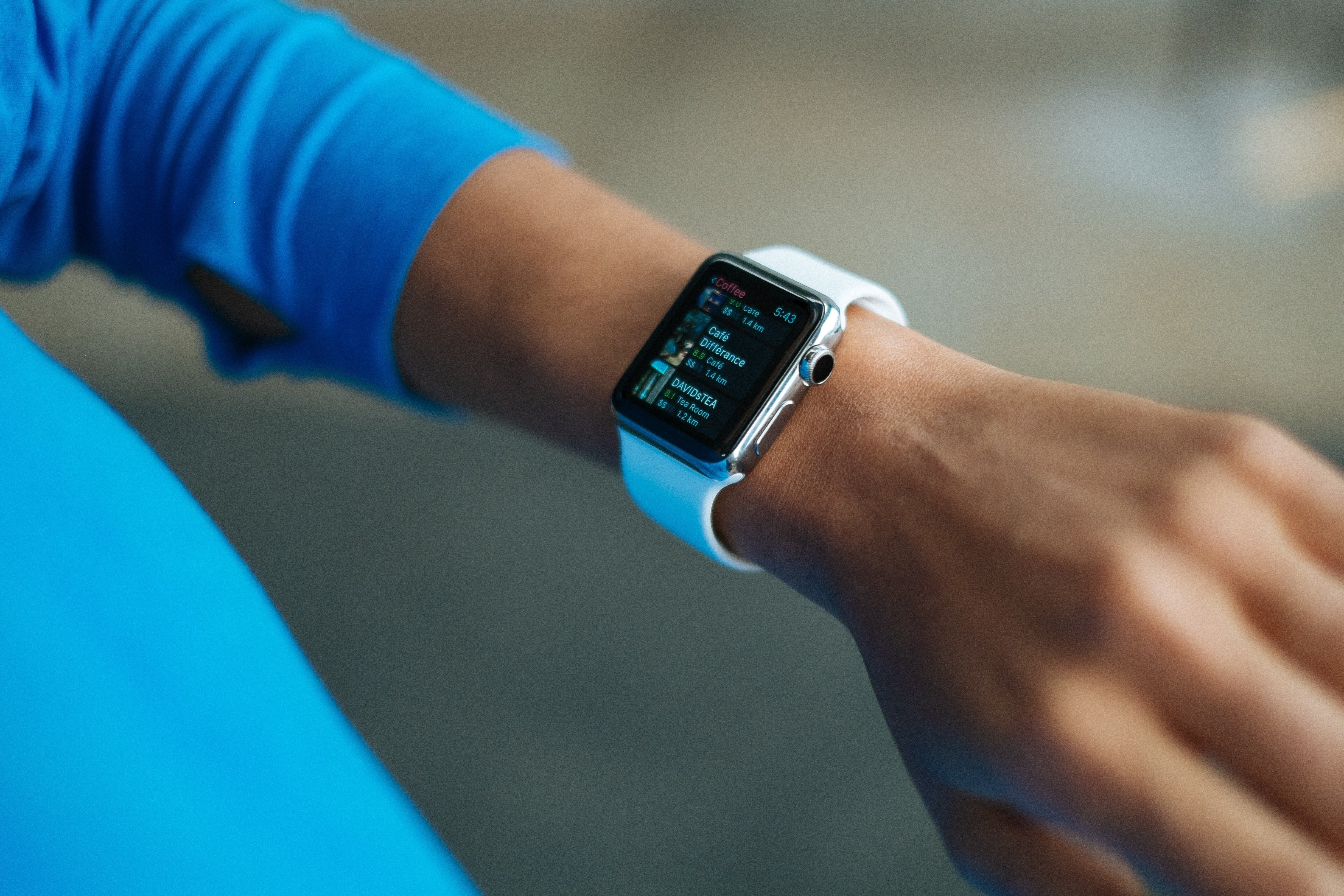As of late 2021, 19% of Americans were using some kind of wearable fitness tracker such as a Fitbit, Apple Watch, or similar device. These trackers offer varying levels of sophistication and can track all kinds of health metrics including
At their most basic, wearable fitness trackers are pedometers, or step counters. Popular wisdom states that we should all try to get at least 10,000 steps per day. This number is somewhat arbitrary, and may not be the most appropriate goal for everyone. However, there is no doubt that fitting more movement into your day is good for you.
With that in mind, here are 8 simple tricks to help you get more steps and close those rings on your fitness tracker this month.
Park further away...

…from the grocery store, your office, or even your home. If you park at the far end of the lot, you can easily fit in 200-400 steps you wouldn’t have got otherwise.
Walk to work (or at least part of the way)

If your home is close enough to your office, why not walk to work? Walking first thing in the morning clears your head and gives you energy for the rest of the day.
If you live too far away to commute entirely on foot, you can still modify this tip to suit you. Why not get off the bus or subway one stop early and walk the rest of the way? For most people, it takes approximately 1000 steps to travel half a mile, so this can add up quickly.
Talk to your coworkers in person

Need to talk to a coworker in another office? Get up and walk to their desk instead of calling or sending an email. You’ll get extra steps and the benefits of face-to-face interactions. Want to step it up another level? Try walking meetings, where you and a coworker walk and talk rather than sitting in a conference room.
Take a lunchtime walk

Getting outside during the day can do wonders for your focus, energy levels, and mental wellbeing. So why not use part of your lunch break to take a walk? At a comfortable pace, most people will walk around 1000 steps every 10 minutes. If you want to get your heart rate up and increase your calorie burn, try making it into a power walk.
Shop inefficiently

Most of us are always trying to maximize our efficiency and do things as quickly as possible. But shopping inefficiently can be a great way to get your steps up. Simply leave your grocery cart at the end of each aisle, walk to get the item you want, walk back and place it in your cart, and repeat. You can add 1000-2000 steps to your count in this way, all while doing an errand you needed to do anyway.
March in place

Walking on the spot still counts as walking. So while you’re waiting for the kettle to boil, heating up your lunch, or watching Netflix, you can increase your step count by walking on the spot.
Tip: swing your arms as you walk to increase your calorie burn and ensure your tracker is picking up all your steps.
Do a walking workout video

Home workouts aren’t just HIIT and yoga. You can also find a huge array of walking workouts online that you can do with very little space and no equipment. Get Fit With Rick and Walk at Home with Leslie Sansone are two great Youtube channels to get you started.
Walking workouts are easy, accessible, and low impact. You can do as little as ten minutes, or as much as an hour or even longer, and with a few simple modifications you can increase or decrease the difficulty to suit your fitness level.
Get (or borrow) a dog

Getting a pet is a big commitment and shouldn’t be taken lightly. But having a dog can be a great way to improve your fitness, since your canine companion will likely need at least one good walk a day.
If you can’t commit to a dog of your own, why not offer to walk a friend or family member’s dog, help out an elderly neighbor with dog-walking, or sign up to a dog-borrowing site?
If you already have a dog, try gradually increasing how often and how far you walk them. They’ll thank you for it and so will your health!
What are your top tips for getting more steps?
Read more

Swimming is a fantastic form of exercise that almost anybody can do. It is low impact, making it gentle on your bones and joints, while also providing a full-body workout that targets all the majo...

Father’s Day on June 19 is fast approaching. If you haven’t found the perfect gift for Dad yet, there’s still time. Chocolates and wine are popular gifts, but what if your dad is trying to live a h...






Leave a comment
All comments are moderated before being published.
This site is protected by hCaptcha and the hCaptcha Privacy Policy and Terms of Service apply.